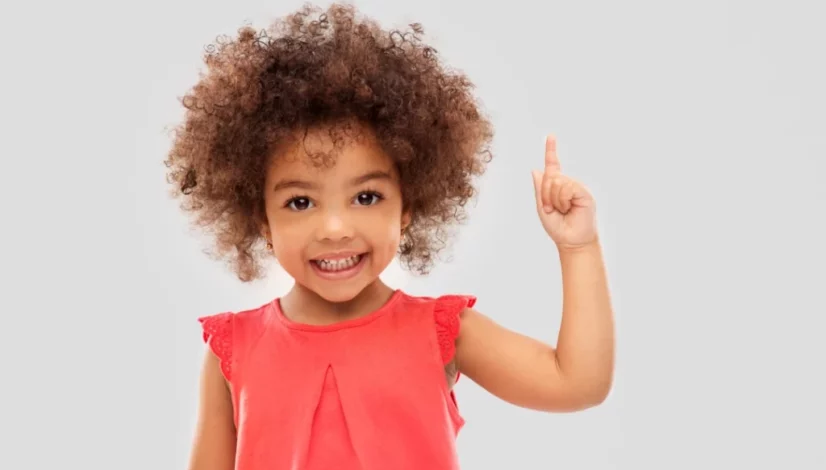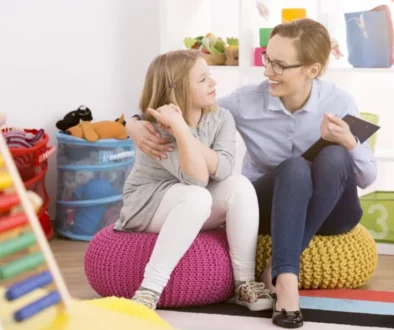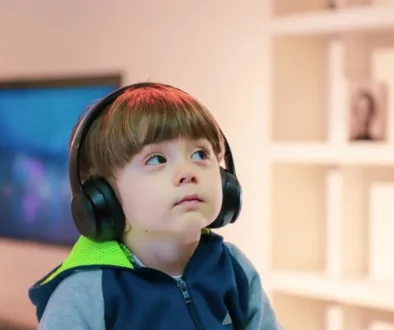Diagnosing Autism: Important 3 Year Old Speech Milestones to Watch
Diagnosing Autism Spectrum Disorder (ASD) isn’t easy. It shows up differently in every child and can make it difficult for a parent to know exactly.
However, there are some typical speech milestones for a three-year-old that are essential for a child and that might be missing in a child with ASD. Being aware of potential signs of ASD at this age can lead to early intervention and support.
In this article, we will delve into important 3-year-old speech milestones and explore how recognizing early signs using telemedicine or professional help can contribute to timely diagnosis and intervention in children with autism.
1. Vocabulary Expansion and Expressive Language
Every parent thinks that their child is smarter than everyone around them. Your child might start speaking at the age of one or they might not speak until they are three years old.
That’s not a cause for concern. Every child exhibits different patterns in the way they develop different skills.
However, by the age of three, you should notice a significant expansion in your child’s vocabulary and expressive language skills. This period is marked by the emergence of more complex sentences and a broader range of words.
There are two significant speech milestones to observe are, vocabulary growth and sentence structure. A three-year-old should have a vocabulary of approximately 200 to 1,000 words, encompassing common objects, actions, and basic concepts.
Children at this age often progress from using two-word phrases to constructing more complex sentences.
Potential Signs of Autism
A noticeable delay in acquiring age-appropriate vocabulary may raise concerns. Persistent use of simple two-word phrases without progression to more complex sentences may be an indicator.
Again, this doesn’t exactly mean that your child has ASD, but it is good to observe these things and then consult with a professional about it.
2. Social Communication Skills
It is a delight to watch your child communicate and interact with other children of their age or with adults in their special way. Nothing can beat this experience for a parent.
Social interaction and communication are crucial components of a child’s development. For a three-year-old, certain milestones related to social communication skills are indicative of typical development:
The three specific milestones you need to watch out for are eye contact, turn-taking, and sharing experiences.
Eye Contact
You might have been the recipient of a particularly intense eye gaze from a toddler at some point in your life. It’s as if they can see directly into your soul!
Typically developing three-year-olds engage in eye contact during interactions, demonstrating an understanding of social cues.
Turn-Taking
Children at this age may begin to grasp the concept of turn-taking in conversations, responding appropriately when someone speaks to them.
Sometimes, they do get quite enthusiastic and aren’t able to control themselves, talking over others. But in most cases, they will understand that to be fair, they need to let others speak as well.
Sharing Experiences
Three-year-olds often express their experiences and interests to others, fostering a sense of connection. They understand that by sharing their own experience with a food item or a toy, they can form connections with others their age.
Potential Signs of Autism
Keep a lookout for the following potential signs of autism.
- A lack of sustained eye contact during interactions may signal challenges in social communication.
- Persistent challenges in engaging in back-and-forth exchanges during conversations may be a concern.
- A lack of interest in sharing experiences or limited reciprocity in social interactions may warrant attention.
If they are all present at once, then make sure to consult a professional ASAP. The faster you can get your child diagnosed with ASD, the faster you can get them the help and resources they deserve to move ahead.
3. Imaginative Play and Symbolic Thinking
Imaginative play is a hallmark of typical development in three-year-olds. It is the great thing about being a child – your imagination is just so unhindered.
This involves the ability to engage in pretend play and use objects in symbolic or representational ways.
Children often engage in imaginative scenarios, such as pretending to cook, play house, or engage in make-believe activities. Using objects in symbolic ways, like using a block as a phone or a spoon as a shovel, reflects the development of symbolic thinking.
Potential Signs of Autism
Limited engagement in imaginative or pretend play activities may be a potential indicator. Challenges in using objects in symbolic or representational ways may raise concerns.
Early Intervention Strategies
Recognizing potential signs of autism in three-year-olds is the first step toward early intervention, which has been shown to significantly impact developmental outcomes. Here are some strategies for early intervention:
Screening and Assessment
Pediatricians and healthcare providers play a crucial role in early detection. Regular developmental screenings can identify potential concerns.
Speech-Language Therapy
Speech therapy helps children with ASD by targeting specific communication challenges they may face. This could be difficulty with delayed speech, language comprehension, expressive language skills, peer interactions, and pragmatic language.
Therapists use a variety of techniques and interventions tailored to the individual needs of each child to improve their communication abilities and enhance their overall quality of life.
Social Skills Training
Targeted interventions focusing on social skills and communication can be beneficial. This may involve group activities and interactions guided by a trained professional.
Occupational Therapy
Occupational therapy can help children with ASD by addressing sensory processing difficulties, motor skills challenges, and difficulties with activities of daily living. Therapists work to improve a child’s functional abilities and independence, enabling them to participate more fully in daily routines and activities.
3-Year-Old Speech Milestones to Watch Out For
You don’t want to become an overprotective parent, of course. However, you do want to watch out for any 3-year-old speech milestones that could indicate your child might have ASD.
At Developmental Pediatrics (serving Texas since 2000), we perform an autism diagnosis in young children under 5 years of age slowly over four visits. We will discuss the prognosis and answer any follow-up questions you might have.
Schedule an appointment with our team today if you are concerned that your child’s delayed speech patterns or other delayed milestones are ASD-related.



